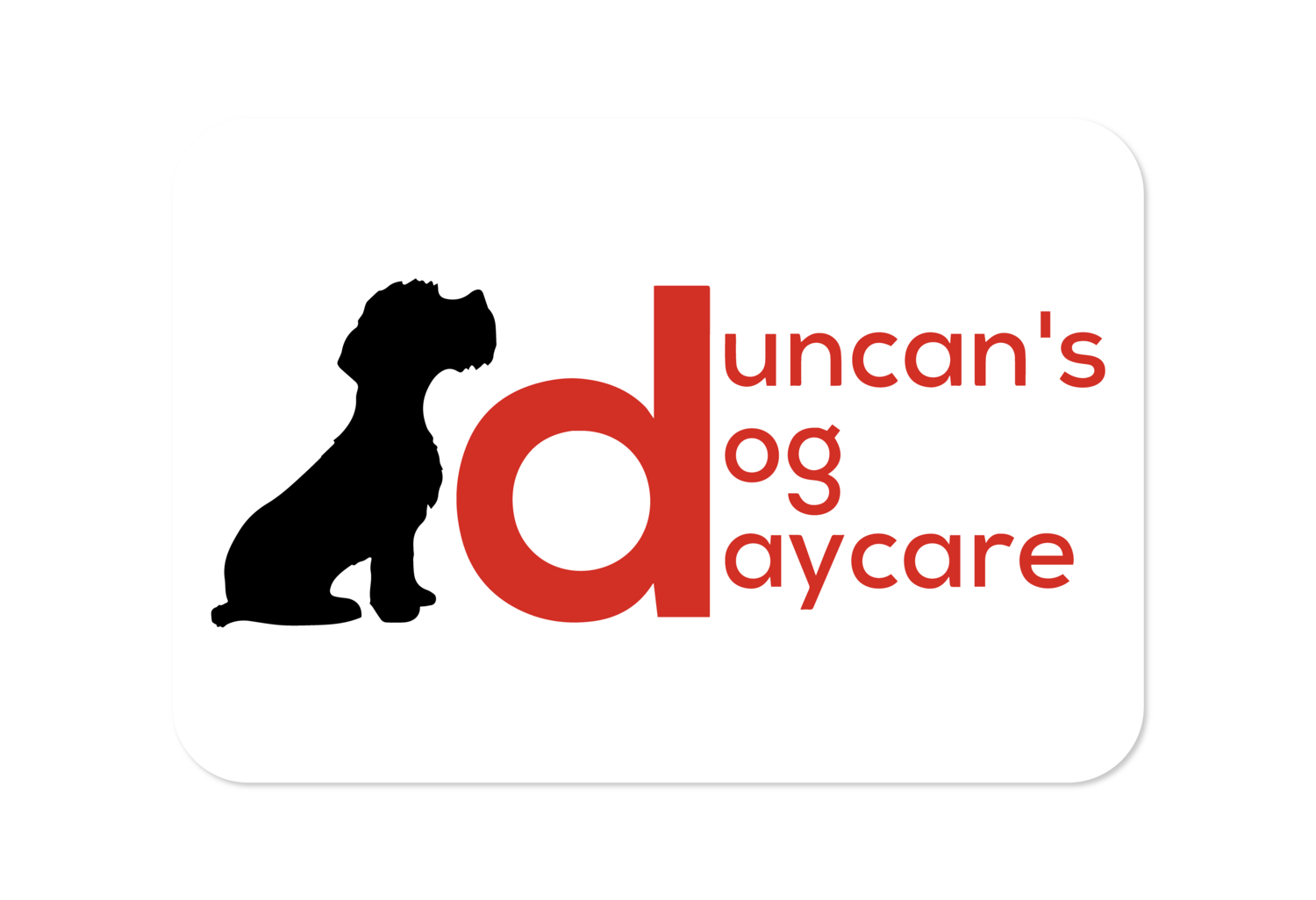Balanced Dogs: Drain High Energy & Can Practice Being Calm
We often hear, 'my dog doesn't go in the kennel because I am home a lot right now' or 'my dog isn't a puppy anymore so we don't kennel them'. This is understandable since the pandemic has not only changed our lifestyle but it has changed the way we train our dogs. There are still many important benefits to having a dog that is kennel trained and maintains this skill throughout their adult life whether we are home or they are now an adult.
Kennel training is not only a requirement for attending daycare at DDD but it is an important way for our dogs to practice a state of calm which is just as important as draining energy. A well balanced dog that can safely and effectively achieve both, will be able to live a much happier life which is in line with our holistic (whole) approach. Benefits include:
Safe, calm, quiet space that is their own sanctuary
Refuge from storms or other loud noises
Visitors may be new/scary to your dog
Great tool during potty training
Deters destruction of your home
Friends or family visit and are afraid of dogs or who could be injured if your dog jumps on them
Service technician (cable, electrician, plumber, etc) have rules the dog must be kenneled/separated
Visit to veterinarian and results in an at-home recovery with restricted activity
Car rides. Kenneling a dog in the car is the safest option. (seatbelts being #2)
Travel that requires your dog to be boarded. Most boarding facilities kennel dogs
Help your dog have its best life by training it to LOVE the kennel and to also maintain kennel training throughout its life.
Approach to Kennel Training
Not sure what to do? Consult with a trainer. Can't afford a trainer? Watch videos online!
Keep the experience positive by using tasty high reward treats and high pitched excited praise (YES!, good dog, etc.)
Reward the good behavior (with treats and praise). Ignore barking and whining.
Training should be short and sweet and increase in duration AND training should happen frequently.
Be consistent. Use the same commands '[dog's name] kennel', praise words like 'YES! good dog, good kennel', and use the same kennel times to create a routine/structure.
Cover the kennel, use aromatherapy, classical music, etc.
Step 1
Begin introducing your dog to the kennel/crate by helping them to form positive associations at their own pace.
Place the crate in an area where the family frequently spends time such as the kitchen or living room.
At meal time, put the food inside of the crate and leave the door open as your dog eats.
Between meals, give your dog chewies or stuffed food puzzle toys, to snack on inside of the crate while the door is open. If they carry the object elsewhere, gently return it to the crate.
Step 2
When your dog is comfortable eating inside of the crate, move on to desensitizing them to the closed door.
Close the door when your dog is eating. Open the door when the food is gone.
Begin gradually increasing how long you leave the door closed after they’ve finished their meal, chewie or puzzle toy. How much you increase each day depends on the dog. Some will only be able to handle an increase of 5-10 seconds a day at first. Others may be comfortable adding one or more minutes at a time.
Pay attention to your dog’s response. If they begin to whine, bark or show other signs of distress, you are probably asking for too much too quickly. Take a step back and slow down.
Step 3
If your dog continues to struggle over a period of several weeks, add some additional desensitization training.
Throw a treat inside the crate and encourage your dog to follow it. Close the door for a second then immediately open it again, allowing your dog to exit the crate. Repeat.
Throw a treat inside the crate and encourage your dog to follow it. Close the door for five seconds then allow your dog to exit the crate. Repeat.
Continue to increase your time in small increments of five or ten seconds. As you progress, increase the length of each increment, too. For example, for a dog that can comfortably be inside the crate for 10 minutes, you can likely add at least two minutes to the next training session without too much distress.

